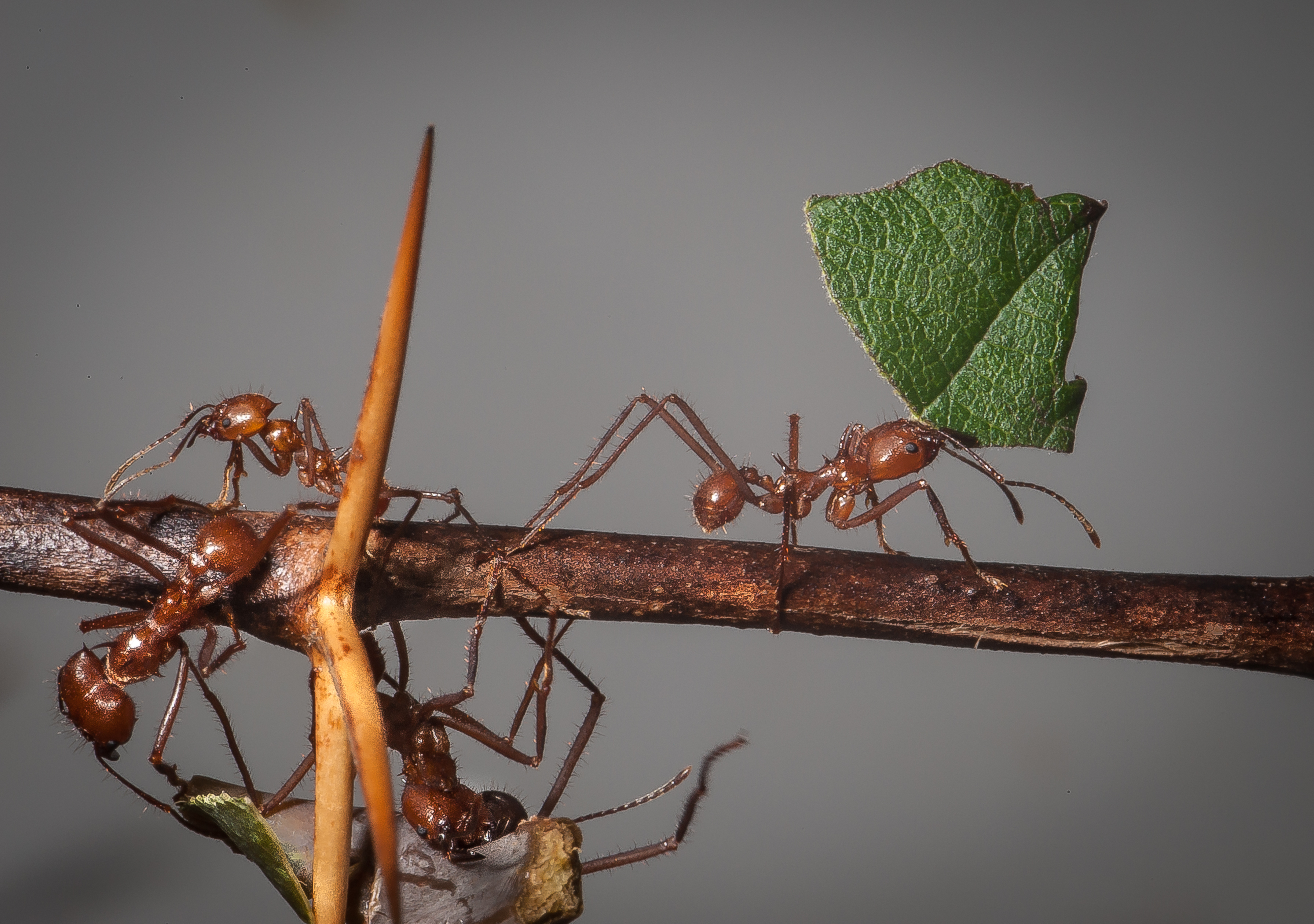Unlike the overwhelming majority of other animals, bees can not function, survive and reproduce as individuals. There’s a critical minimum number of individuals needed for survival. Bees form a superorganism and are working together in surprisingly sophisticated ways, allowing them to achieve truly magical things. The creativity of evolution is often way beyond our own human creativity.
superorganism [sü-pər-ˈȯr-gə-ˌni-zəm]
Noun
Biology
A group or association of organisms which behaves in some respect like a single organism; a complex system consisting of a large number of organisms which itself behaves as if it were an organic whole, as human society, an ecosystem, etc.
One can liken the cooperative behavior of bees to multi-cell organizations. Just like there’s an evolutionary advantage that complex, multi-cellular organisms have over single cell organisms, cooperating insects can solve very complex problem in a much more sophisticated fashion than individuals can.
Let’s take a look at some examples for a honey bee colony to behave like a single organism? We’ll review the following:
- Temperature control: heating
- Temperature control: cooling
- Ventilation
- Fever
- Locomotion
Temperature control: heating
The core of the honey bee colony, the brood chamber, is kept between 34C and 36C (93F-96F), even as outside temperature is extremely cold or extremely hot; between -30C & 50C (-20F to 120F). Bees adjust the temperature of the hive by adjusting their metabolism, fueled by honey.
In the winter bees can heat very efficiently. Only a small subset of the colony is heating. A colony of 2kg generates about 40W (the equivalent of a small incandescent light bulb).
In continental climates honey bee colonies burn about 20kg honey during winter. To collect this much honey, it takes about 1 million foraging trips by a colony’s workers.

Temperature control: cooling
On hot days, workers carry water to the hive that they evaporate to prevent the brood from overheating.
Note: As beekeepers, it’s our responsibility to ensure bees have water. Bees are not picky when it comes to water - muddy water is just as fine for them as a fresh spring.
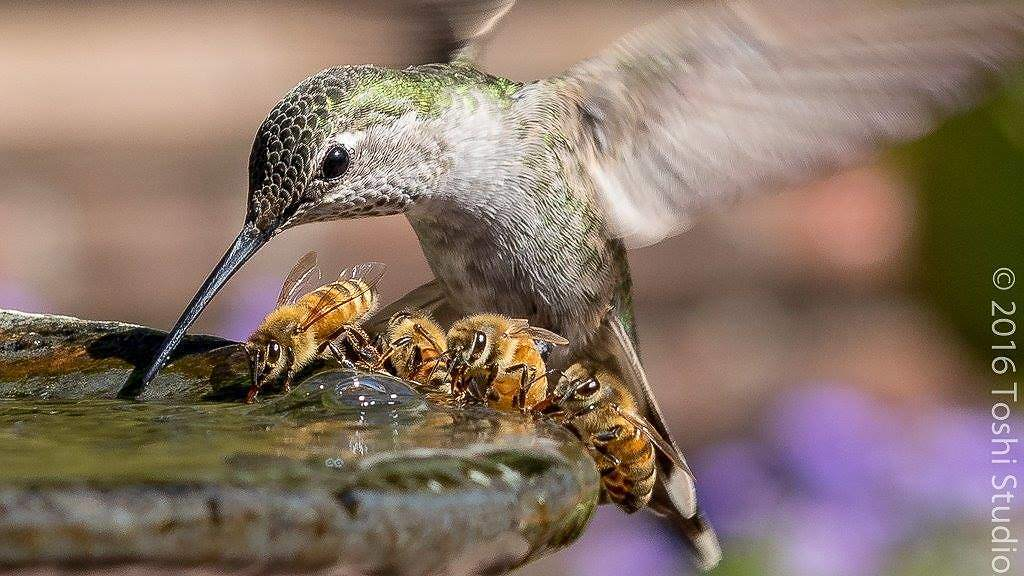
Ventilation
When the CO2 level increases in the hive by 1%-2%, bees increase ventilation by fanning at the hive entrance.
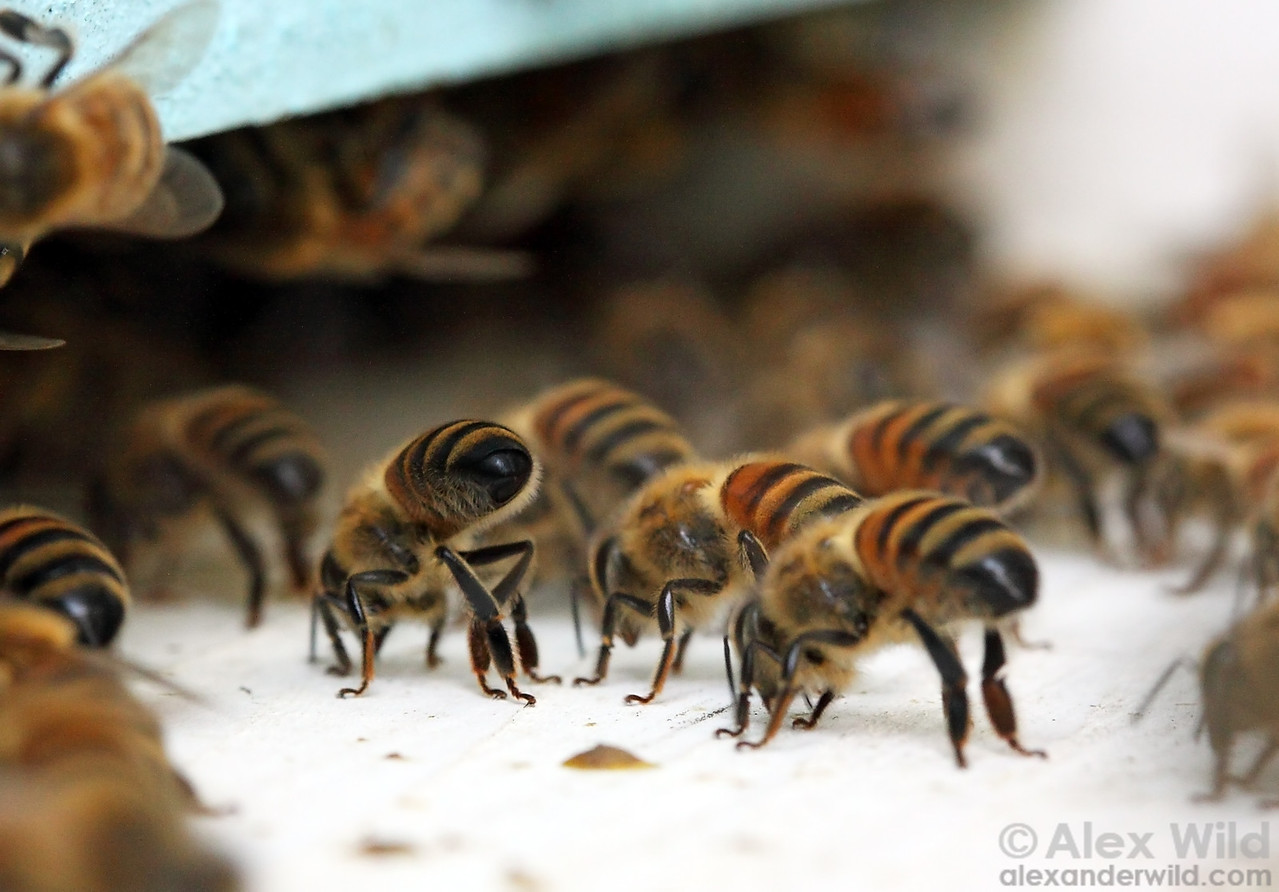
Fever
In case of fungal infection, for example, the colony has the ability to fight it by colonial fever, by increasing the hive’s temperature.
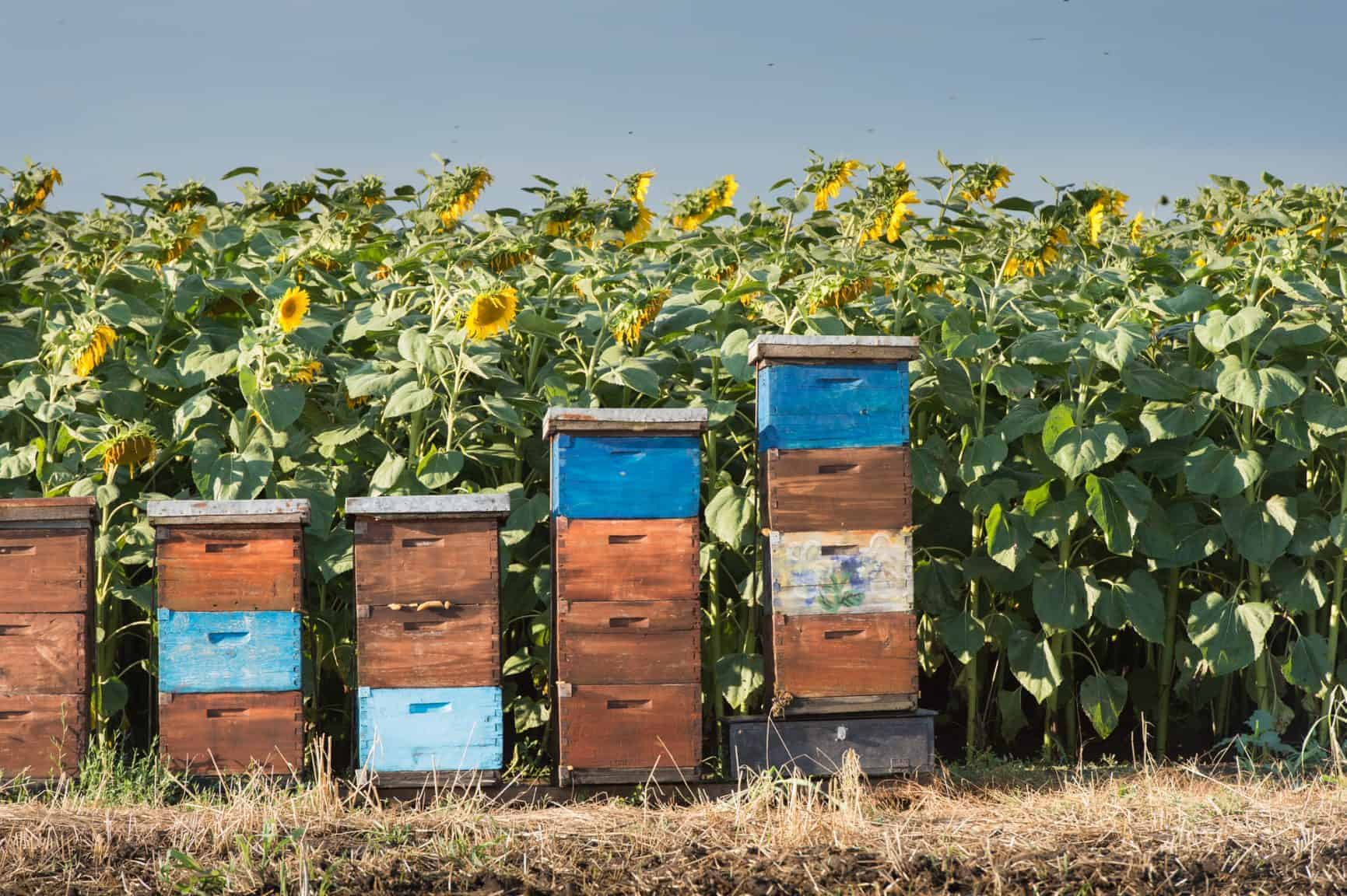
Locomotion
During a swarm, tens of thousands of bees leave the hive, and are flying as one unit.
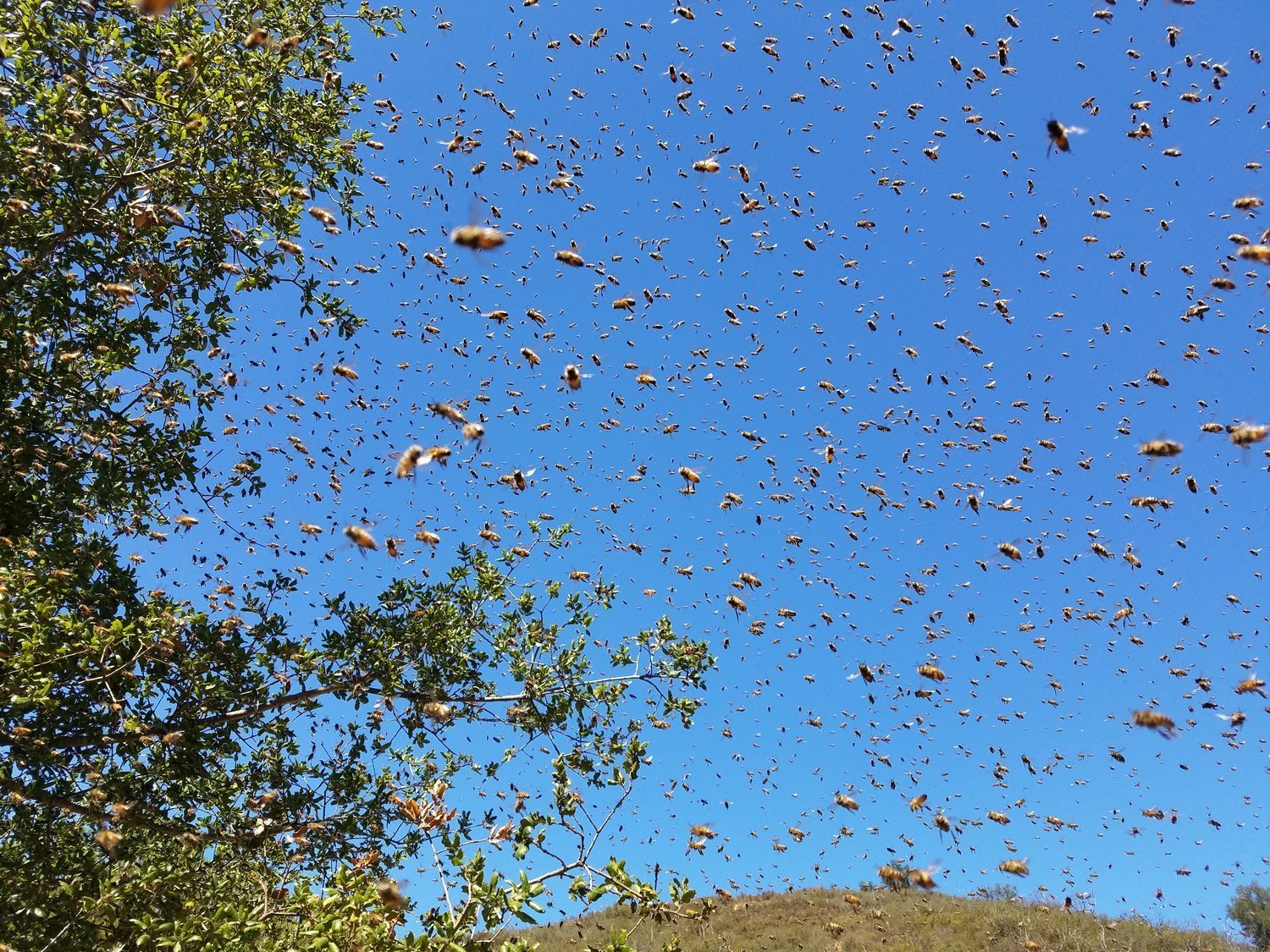
Other superorganisms
And just for the record, honey bees are not the only insects forming superorganisms: leafcutter ants form huge and incredibly complex societies as well.
